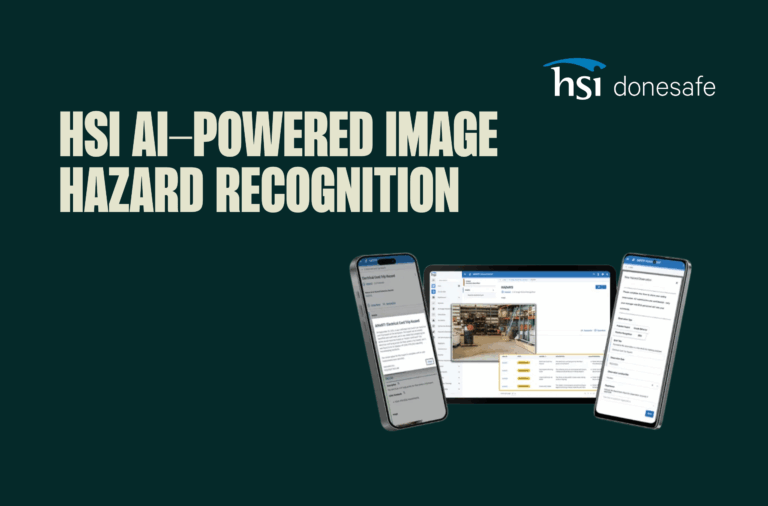
Insights from the Verdantix Global Corporate Survey 2025
Artificial intelligence has reached an inflection point. As organisations race to adopt AI, leaders are becoming increasingly selective about the systems they trust. The latest Verdantix Global Corporate Survey 2025: AI Budgets, Priorities and Tech Preferences captures that shift clearly. More than 350 senior executives weighed in on the AI features, priorities, and purchase drivers shaping the next wave of transformation and one finding stands out:44% of executives rated industry expertise and strong case studies as a “high” or “highest” priority when selecting AI systems.
That shift signals a maturing market; one that has quickly become saturated with generic AI tools built around “wrapper” technology with little real domain understanding behind them. As noise in the market grows, leaders are choosing differently. They’re looking for depth, not novelty. For credibility, not hype. For systems built with purpose, not patched together after the fact. And in safety, that distinction matters a lot.AI Doesn’t Solve Safety Problems
Safety and compliance are complex, human-driven, and often unpredictable. Incidents don’t follow perfect patterns. Frontline reporting is influenced by psychology, culture, environment, and trust. Risk evolves hour by hour in the field, not in dashboards. This is why verticalised AI — AI built on genuine domain understanding — is becoming the benchmark for enterprise adoption.
It’s also why Verdantix highlighted HSI as an example of a provider leveraging real EHS pedigree, noting:
For decades, HSI has lived at the intersection of safety learning, risk, and frontline workflows. That history shapes the way we approach AI today; grounded in industry knowledge, informed by real-world context, and focused on solving the problems that actually slow teams down.
This is the opposite of layering AI on top of complexity. It’s building AI from the inside out and shaped by how safety works.
“Consider HSI, an EHS provider that leverages its historic pedigree in safety e-learning.”
Enterprises Want AI They Can Trust
The Verdantix findings reflect a broader truth emerging across every industry: trust in AI comes from proven expertise. Executives aren’t just evaluating functionality anymore; they’re assessing whether providers genuinely understand their world. Whether the AI can make sense of a near miss, deliver risk insights grounded in real-world nuance, and fit seamlessly into the workflows frontline teams actually use. This is why:- Verticalised AI is outperforming general-purpose tools
- Customers are asking deeper questions about how AI is trained
- Case studies now hold more weight than feature-checklists
- Vendors with a track record in safety are gaining ground
Depth Is What’s Moving Safety AI Forward
The Verdantix report confirms a shift many safety leaders have been feeling for some time: the future of AI in EHS belongs to those who truly understand safety. Without deep knowledge behind AI, it can’t interpret the very things that matter most which are context, risk, behaviour, culture, and change. The next chapter of AI in safety won’t be defined by who launches the most features. It will be defined by who builds AI that actually understands the work. And that’s a space where domain expertise will increasingly set the standard.Keep your team safe with HSI Donesafe.
Chat with us today.
Share:


